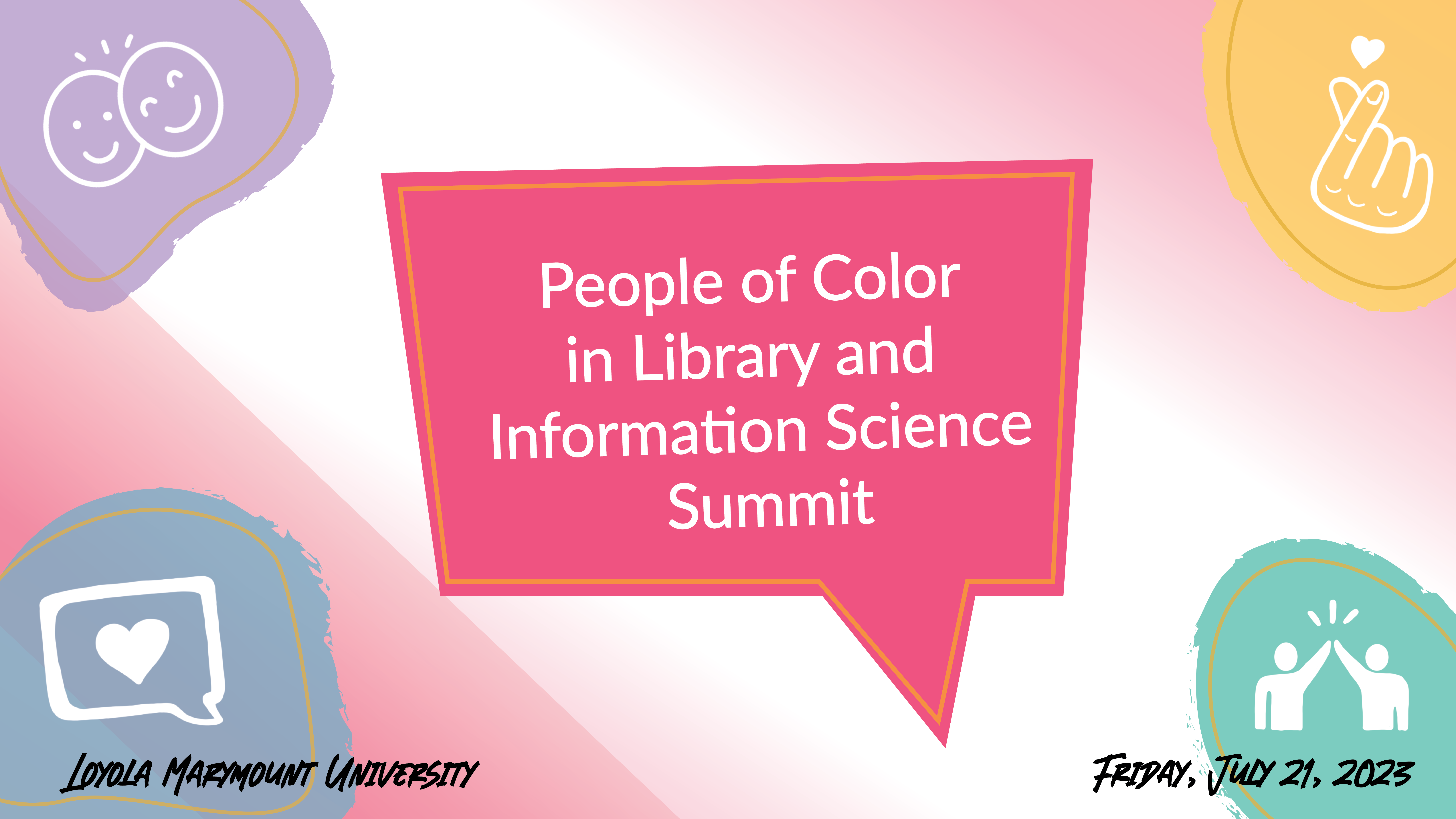Lightning Round B: Lxs de Abajo: Destabilizing Hegemonies & Imagined Space in the Archives
Description
As an archivist intern in the Spring of 2017, I created a finding aid for a collection that pertained to Central American Solidarity networks of 1980’s Los Angeles and greater Southern California, as well as a collaborative exhibit. The exhibition and finding aid processes allowed for me to interrogate multiple hegemonies and the significance of imagined spaces in Los Angeles. By dissecting and interpreting my anecdotal experience with the frameworks of intersectionality and positionality (self-location), this reveals the destabilizing power archivists can manifest in deciding which narratives are to be told and preserved. The projects within my internship allowed for me to interrogate Black & Brown relations in the imaginary space of Compton, the power of accessible language in having a bilingual exhibit, and the disruption of Mexican hegemony in the archives. Thus, allowing for Central American histories and issues within the larger field of Latin American Studies in the U.S. Southwest to be appropriately represented.
Lightning Round B: Lxs de Abajo: Destabilizing Hegemonies & Imagined Space in the Archives
Von der Ahe Family Suite
As an archivist intern in the Spring of 2017, I created a finding aid for a collection that pertained to Central American Solidarity networks of 1980’s Los Angeles and greater Southern California, as well as a collaborative exhibit. The exhibition and finding aid processes allowed for me to interrogate multiple hegemonies and the significance of imagined spaces in Los Angeles. By dissecting and interpreting my anecdotal experience with the frameworks of intersectionality and positionality (self-location), this reveals the destabilizing power archivists can manifest in deciding which narratives are to be told and preserved. The projects within my internship allowed for me to interrogate Black & Brown relations in the imaginary space of Compton, the power of accessible language in having a bilingual exhibit, and the disruption of Mexican hegemony in the archives. Thus, allowing for Central American histories and issues within the larger field of Latin American Studies in the U.S. Southwest to be appropriately represented.




